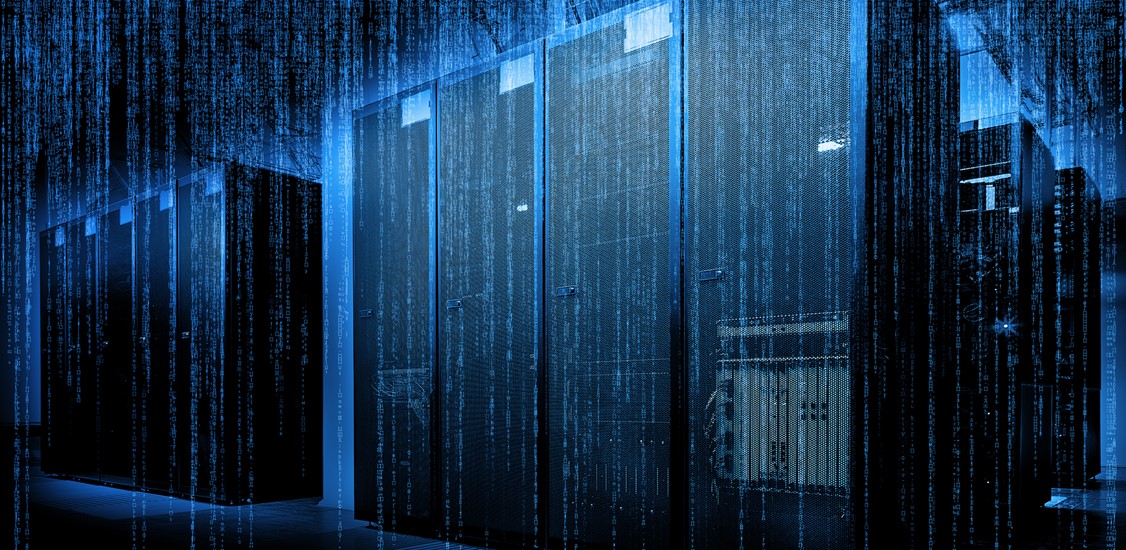In today’s economy, downtime equates to more than just lost revenue. The damage to your brand and your customers’ business can be impossible to overcome. The numbers are staggering, as much as $1 million an hour for some organizations. A recent high-profile data center outage lasting six+ hours is estimated to have cost the social media company more than $60 million in lost revenue[1], or $10 million per hour. Downtime at the data center can be mitigated with strategic planning and procedures to counter any threat to business continuity - whether it comes in the form of a natural disaster, cyberattack or even a global pandemic.
Data center leaders sometimes have diverse strategies and methodologies on how to run the business, whether colocation, cloud, hybrid cloud - or some mix of the three. And there may be diverging business plans centered on how to maintain the facility most efficiently, with safety, low latency, and cost-effectiveness as guiding principles.
One of the few areas where data center management does not diverge is the need for a solid disaster recovery plan. The plan should center on continuing operations through disruptive disasters like floods, fires, earthquakes or even terrorism. And the way that a data center builds a disaster recovery plan is almost as critical as the plan itself. That plan must outline the critical steps a business needs to take to restore operations and technology systems after a disaster or emergency event has occurred.
In essence, the plan should mirror the data center’s larger business continuity plan. Business continuity focuses on comprehensive planning for the organization as a whole to mitigate risk. As a subset of business continuity, disaster recovery deployment must follow - lock-step - the center’s ability to deliver scalability, flexibility and cost to its enterprise customers.
If the right plan is exercised, critical IT system components, data and applications can be matched to the cloud, or multiple clouds for redundancy, allowing a quicker time to recover at the time of a failure.
If that failure occurs, the organization can move over to one of the redundant cloud or on-premise features and then move back when the incident is resolved. In this scenario, data centers at the edge need to ensure that a “mirrored cloud” site is geographically removed from the primary location.
Lack of business continuity equals costly downtime
All of these “disasters” create downtime for the enterprise. A recent survey calculated the value of those downtime considerations, with the formula that downtime cost equals minutes of downtime at a multiplier of cost-per-minute. Those numbers equate to $9,000[2] per minute for large enterprises.
And those estimates vary. A statistic cited by Atlassian indicates that, for Fortune 1,000 companies, downtime can cost as much as $1 million per hour. With that said, when it comes to global giants like Amazon, whose entire business model relies on uptime, estimated costs of downtime are around $13.22 million per hour.
But the damages of downtime go beyond revenue loss. Business disruption also includes damage to brand reputation and customer churn, as well as customer productivity. This does not include the ill effects on the IT department and PR, social media, employees, and customer service departments, as well as the legal department’s involvement in any resulting settlements or claims. Over the long run, these harder-to-measure costs could well exceed the more direct revenue loss.
The Federal Emergency Management Agency (FEMA) estimates that as many as 40 to 60 percent of small businesses never reopen after a catastrophic, costly disaster. This is due to the loss of critical records and other data, but it’s also due to the fact that companies find it hard to go off-line for long periods of time, losing revenue and being unable to capitalize on new opportunities. These businesses are at a disadvantage to competitors who have been more buttoned-up about risk mitigation via a proactive disaster recovery plan.
That plan should be methodologically sound, but it should also provide a nuts-and-bolts checklist that would instruct on-site staff and managers to:
- Top off fuel in generators
- Order fuel deliveries for generators in advance or even have fuel trucks waiting at facilities
- Put staff on standby, reorder shift schedules
- Book hotel rooms nearby for customers and staff who may need to be at the data center
- Test all UPS and backup systems
- Help customers prepare to activate disaster recovery plans
- Prepare to leverage other data centers in a metro as backup
By working with data center providers that employ these tactics as part of a larger plan, enterprises can implement disaster recovery plans and maintain business continuity throughout.
California: A golden example
In order to address certain geographic challenges, enterprises in California, for example, have employed build-to-suit options for their data storage. The solutions are hardly shrink-wrapped. This fits perfectly into a business continuity plan. In these cases, location and proximity are critical. Having a data center 100 miles from the primary data center as a backup is a great strategy - unless it’s on the same fault line.
In this California example, it’s important that data is stored in a seismically stable area outside a floodplain, but still close enough to major urban areas like San Francisco or Silicon Valley to maintain low latency. In addition, a sustainable power source nearby is critical. The closer, the better, but be far enough away to protect yourself.
Business continuity is mission-critical - as risk is increasingly measured by uptime and downtime in a connected business ecosystem.
To achieve lower risk, data centers often use redundant infrastructure that ensures high levels of data availability. Those centers also have the connectivity necessary to facilitate hybrid cloud backup solutions capable of meeting recovery time objectives.
If the data center provider has multiple locations, its disaster recovery services can easily accommodate data redundancy or duplication at a secondary site.
Data centers play an instrumental role in this process by offering data backup and other disaster mitigation measures that enable companies to ensure uptime reliability and data integrity.
Customized solutions that encompass business continuity
An enterprise must look at business continuity - and all of its options - when considering a data center - from colocation, joint ventures, powered shell,build-to-suitand sale/lease-back. The enterprise must also look at wholesale data center real estate options that provide the appropriate models to help organizations plan and prepare for disaster recovery.
A good data center team can then customize specific solutions within those options based on workloads and the nature of the data, whether it’s rich media, relational databases, or file systems - all of which can be treated differently.
Enterprises can no longer afford to wait until things go wrong to develop a plan for restoring their essential systems in the event of a disaster. Net effect: A solid disaster recovery plan - tied to the data center’s tenets of business continuity - becomes more than just a nice-to-have outline. Instead, it becomes a mission-critical tool for data centers and their customers.






















